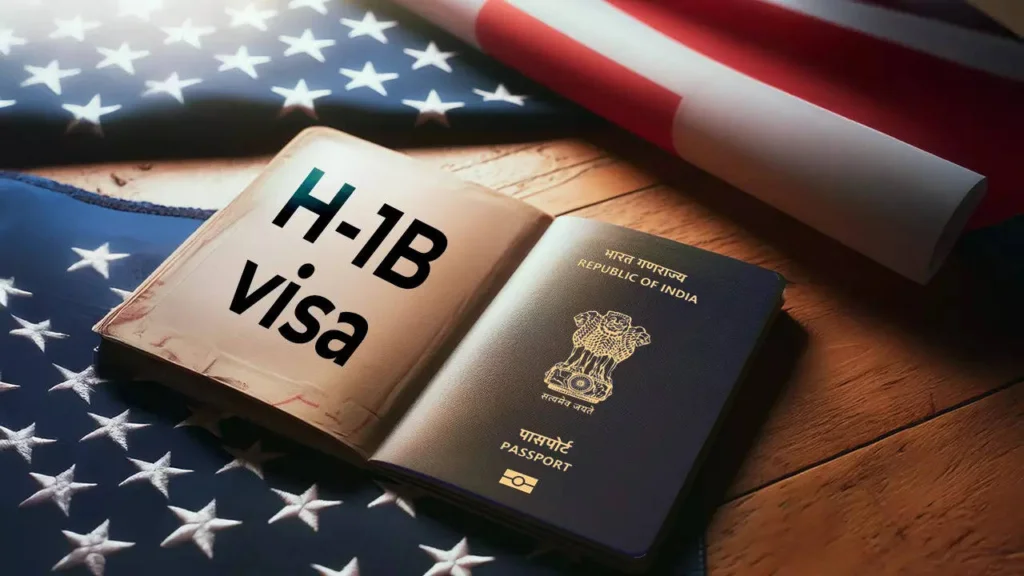Overview of the H-1B Visa Program (2025)
Recent Changes, Restrictions, and Implications
Introduction
The H-1B visa allows U.S. employers to temporarily hire foreign workers in specialty occupations requiring at least a bachelor's degree or equivalent, such as in technology, engineering, and healthcare. It is capped at 65,000 visas annually, plus 20,000 for those with U.S. advanced degrees (master's cap). The process involves electronic registration (March), a lottery if oversubscribed, petition filing (April), and visa issuance. As of September 22, 2025, the program remains vital for U.S. innovation but faces heightened scrutiny under the Trump administration to prioritize American workers and curb perceived abuses like wage suppression.[1]
Recent Changes and New Restrictions (Effective September 21, 2025)
On September 19, 2025, President Trump signed Presidential Proclamation "Restriction on Entry of Certain Nonimmigrant Workers," effective at 12:01 a.m. EDT on September 21, 2025. This introduces significant restrictions for 12 months (until September 21, 2026, unless extended).[2]
$100,000 Supplemental Fee
Employers must pay a one-time $100,000 fee per new H-1B petition for beneficiaries currently outside the U.S. This applies only to new visas (e.g., FY 2026 lottery and beyond), not renewals, extensions, or changes of status filed inside the U.S. USCIS and the White House clarified this is not annual and excludes existing visa holders. The fee aims to deter low-wage hiring and fund enforcement.[3]
Entry Restrictions
USCIS will deny or restrict approvals for H-1B petitions without the fee for workers abroad. The Department of State will not issue visas lacking payment. However, valid existing H-1B visa holders (including those in the FY 2025 lottery) can travel to/from the U.S. without issue—no fee for re-entry. Initial confusion led companies like Microsoft, Amazon, and JPMorgan to advise employees abroad to return urgently, but official guidance resolved this.[4]
National Interest Exception
The Secretary of Homeland Security can waive the fee/restriction if hiring the worker benefits U.S. national interests without security risks (e.g., critical tech roles).[2]
Future Reforms Teased
The proclamation signals upcoming Department of Labor rules to raise prevailing wage levels (to "upskill" the program) and Department of Homeland Security rules to prioritize higher-wage/skill applicants in the lottery (replacing random selection with a merit-based system). A proposed rule for the latter cleared White House review in August 2025.[5]
These changes do not retroactively affect FY 2025 approvals or petitions filed before September 21, 2025.[3]
Other 2025 Updates
January 17, 2025 Rule (Pre-Restriction Modernization)
A DHS final rule (effective Jan. 17) streamlines H-1B processes, clarifies "specialty occupation" definitions, allows concurrent employment for current holders, extends F-1 student transitions, and enhances integrity (e.g., site inspections, penalties for fraud). It requires a new Form I-129 (edition 01/17/25); older forms are rejected post-date.[6]
FY 2026 Cap Season
Registration (March 7–24, 2025) saw fewer entries due to fraud crackdowns and beneficiary-centric selection (prioritizing unique workers). USCIS reached the cap in July 2025, with ongoing reviews for FY 2025/2026 fraud.[7]
Broader Context
Emphasis on "America First" hiring, with scrutiny on tech firms (e.g., Meta, Amazon) for layoffs amid high H-1B approvals. Indian nationals (72% of approvals) may face delays.[8]
Implications and Advice
For Employers
Higher costs could reduce outsourcing; focus on high-skill roles to qualify for exceptions. Tech sectors may shift to alternatives like O-1 visas (no cap, 94.5% approval).[9]
For Workers
New applicants abroad face barriers; those inside the U.S. are unaffected for renewals. Travel is safe for current holders.[4]
Potential Challenges
Legal challenges expected; monitor USCIS for updates. Indian IT firms (e.g., via Nasscom) warn of talent pipeline disruptions.[8]
Conclusion
The H-1B visa program, crucial for U.S. innovation, faces transformative changes in 2025 under the Trump administration, including a $100,000 fee for new visas and merit-based reforms. These aim to prioritize American workers but may disrupt talent flows, particularly for Indian nationals. Employers and workers should adapt to streamlined processes while preparing for higher costs and exceptions. Monitor USCIS (https://www.uscis.gov) for updates.[2][3]
